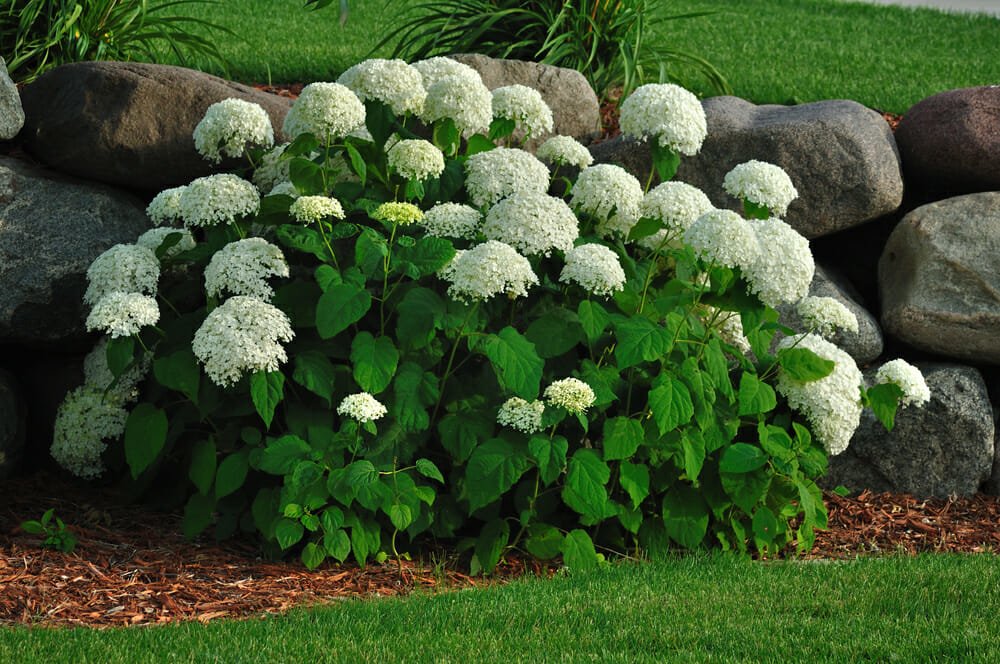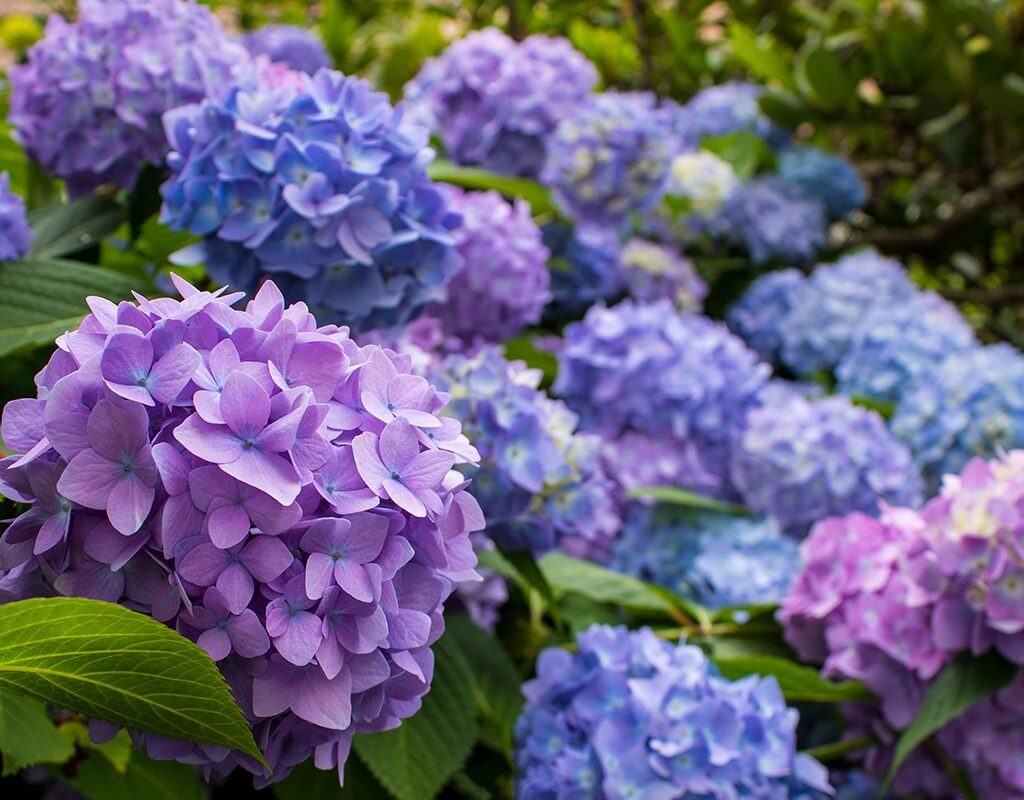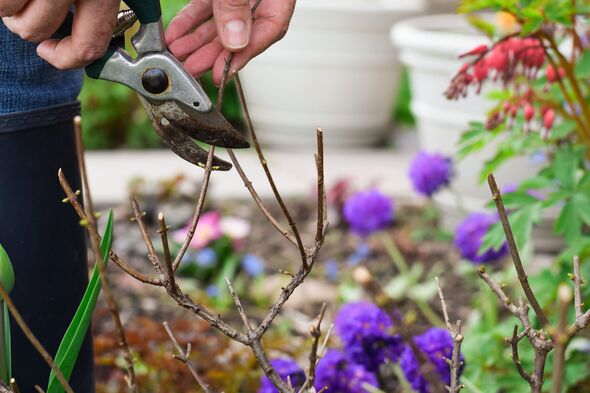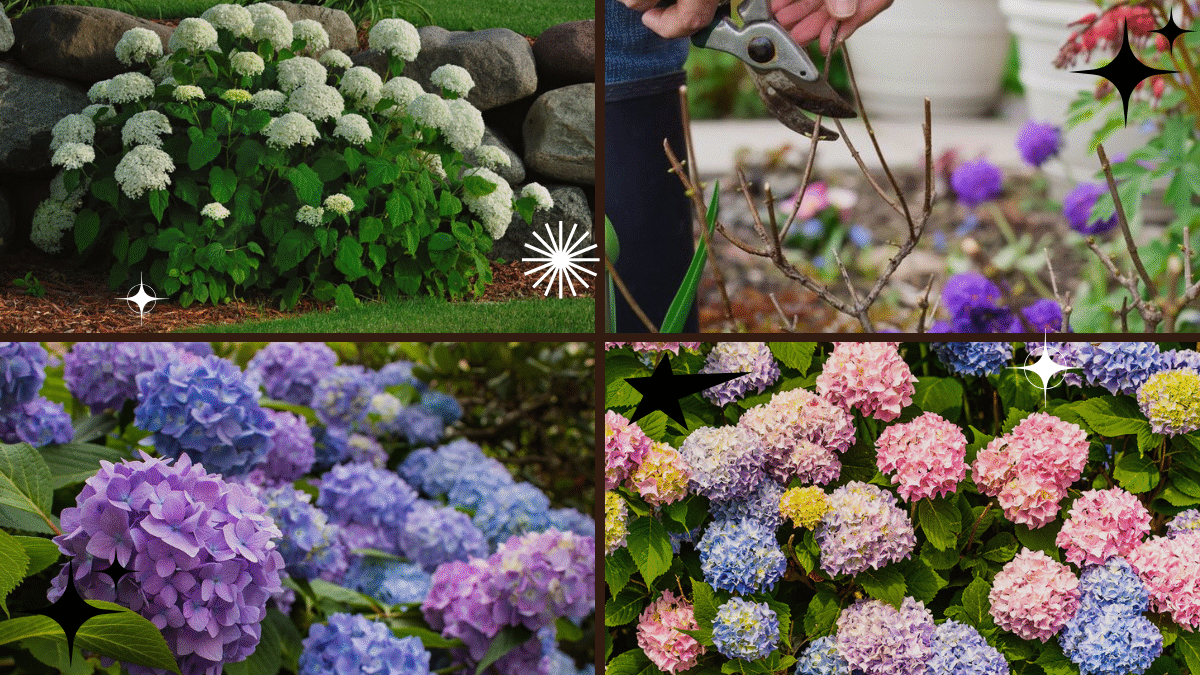Hydrangeas are among the most cherished flowering shrubs in home gardens — adored for their lush, cloud-like blossoms and vibrant, ever-changing colors. Whether you favor classic blue mopheads, delicate lacecaps, or tall panicle hydrangeas, one thing remains consistent: proper pruning is key to keeping these beauties looking their best.
While pruning might seem intimidating, it’s easier than you think once you know the type of hydrangea you have and when it blooms. In this detailed guide, we’ll walk you through everything you need to know about how to prune hydrangea plants to enhance their stunning blooms. Let’s dive in!

Why Prune Hydrangeas?
Pruning isn’t just a cosmetic practice — it’s a vital part of maintaining healthy, well-shaped plants and encouraging more abundant blooms. Here’s why hydrangeas benefit from regular pruning:
- Stimulates new, vigorous growth
- Improves air circulation and reduces disease
- Removes old, dead, or weak stems
- Encourages larger, more plentiful blooms
- Shapes and manages plant size and form
But timing and technique are everything. Different types of hydrangeas bloom on different kinds of wood, which affects how and when you should prune them.

Identify Your Hydrangea Type
Before reaching for your pruning shears, you’ll need to identify which type of hydrangea you have, as each requires a slightly different approach. The four most common types are:
| Type | Blooms On | Examples |
|---|---|---|
| Bigleaf Hydrangea (Hydrangea macrophylla) | Old wood (previous year’s growth) | Mophead, Lacecap |
| Oakleaf Hydrangea (Hydrangea quercifolia) | Old wood | Alice, Snowflake |
| Panicle Hydrangea (Hydrangea paniculata) | New wood (current year’s growth) | Limelight, Pinky Winky |
| Smooth Hydrangea (Hydrangea arborescens) | New wood | Annabelle, Incrediball |

When to Prune Hydrangeas
The best time to prune depends on whether your hydrangea blooms on old wood or new wood:
- Old wood bloomers (Bigleaf, Oakleaf): Prune immediately after flowering in summer, before new buds form.
- New wood bloomers (Panicle, Smooth): Prune in late winter to early spring before new growth appears.
Pruning at the wrong time could remove next season’s flower buds, so knowing your plant type is crucial.

Tools You’ll Need
Make sure to have these basic tools ready before you start:
- Sharp pruning shears or loppers
- Gloves (to protect your hands)
- Rubbing alcohol (for disinfecting tools)
- Garden waste bag or compost bin (for clippings)
Tip: Always sterilize your pruning tools before and after use to prevent the spread of plant diseases.
How to Prune Each Type of Hydrangea
Let’s break down pruning techniques based on the type of hydrangea you have:
Bigleaf Hydrangea (Hydrangea macrophylla)
These popular hydrangeas bloom on old wood, so timing is crucial.
When to prune: Right after the plant finishes flowering in summer.
How to prune:
- Remove dead or weak stems at the base.
- Cut back about 1/3 of the oldest, woodiest stems to encourage new growth.
- Trim spent blooms just above a set of healthy leaves.
- Lightly shape the plant to maintain size and symmetry.
Pro tip: Avoid heavy pruning in late fall or winter — you’ll risk cutting off next year’s flower buds.
Oakleaf Hydrangea (Hydrangea quercifolia)
Known for their dramatic, cone-shaped blooms and gorgeous autumn foliage.
When to prune: After blooming in summer.
How to prune:
- Remove any dead, damaged, or crossed branches.
- Thin out about 1/3 of the oldest stems at the base.
- Deadhead spent flower clusters just above a leaf node.
Keep pruning light, as oakleaf hydrangeas don’t need much intervention.
Panicle Hydrangea (Hydrangea paniculata)
One of the easiest hydrangeas to prune, as they bloom on new wood.
When to prune: Late winter or early spring before new growth starts.
How to prune:
- Cut back all stems by ⅓ to ½ of their total height to a pair of healthy buds.
- Remove weak or spindly stems at the base.
- Thin out crowded areas to improve air circulation.
This promotes larger, more impressive flower clusters in summer.
Smooth Hydrangea (Hydrangea arborescens)
These reliable bloomers also flower on new wood.
When to prune: Late winter to early spring.
How to prune:
- Cut back all stems to 12–18 inches above ground level.
- Remove dead or weak stems completely.
- Thin out crowded or crossing branches.
Aggressive pruning encourages strong new stems and oversized blooms.
How to Deadhead Hydrangeas
Deadheading (removing spent flowers) keeps your hydrangeas looking neat and encourages a longer blooming period.
How to deadhead:
- Snip off old blooms just above the first set of healthy leaves.
- Use sharp, sterilized scissors or pruning shears.
- Deadhead throughout the blooming season as flowers fade.
Avoid deadheading in late fall on old wood bloomers, as you might accidentally cut off next year’s buds.
Common Pruning Mistakes to Avoid
| Mistake | Why It’s a Problem | How to Avoid It |
|---|---|---|
| Pruning at the wrong time | Removes next year’s flower buds | Know your hydrangea type and bloom time |
| Over-pruning old wood bloomers | Leads to fewer or no blooms next season | Only trim dead, weak, or old stems |
| Not disinfecting tools | Can spread disease between plants | Sterilize tools before and after use |
| Cutting too much off new wood bloomers | May weaken the plant, reducing blooms | Limit cuts to ⅓–½ of stem height |
Aftercare for Pruned Hydrangeas
Once you’ve pruned your hydrangeas:
- Clean up debris to prevent pests and diseases.
- Water well, especially in dry spells, to support new growth.
- Apply a balanced, slow-release fertilizer in early spring for a blooming boost.
- Add a fresh layer of mulch around the base to retain moisture and protect roots.
In a few weeks, you’ll notice healthy, vigorous new stems emerging — and when bloom time arrives, your plants will be show-stopping.
Final Thoughts
Learning how to prune hydrangea plants isn’t as daunting as it may seem — and the rewards are well worth it. With a little practice and attention to timing, you can keep your hydrangeas lush, healthy, and brimming with breathtaking blooms year after year.
Remember:
- Identify your hydrangea type
- Prune at the right time for that type
- Use clean, sharp tools
- Cut strategically to enhance growth and shape
Your garden will thank you with a dazzling display of hydrangea flowers in every shade and style imaginable. So grab your shears, get outside, and start enhancing those stunning blooms!
Happy pruning!





Leave A Comment